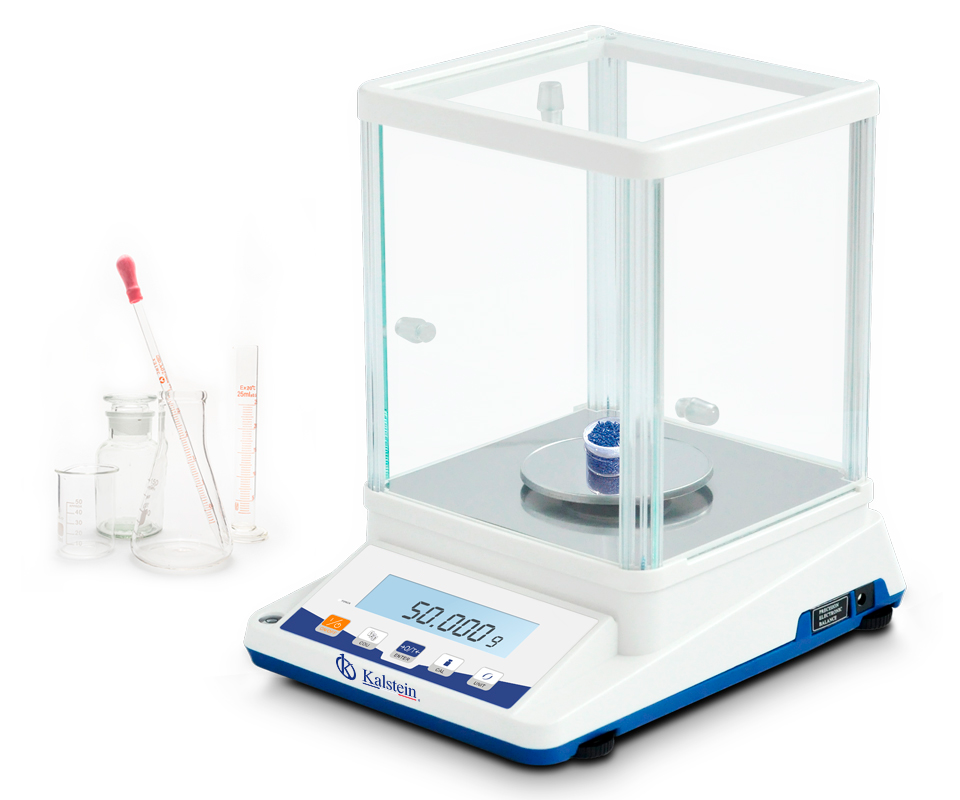In the manufacture of antiretrovirals for the treatment of HIV patients, the analytical balance is very useful as it provides a reliable measure of the medicinal products that are part of the mixture. This is of fundamental importance, as antiretroviral medicines for the treatment of human immunodeficiency virus (HIV) infections pursue the following objectives:
- Reduce the amount of HIV ribonucleic acid (RNA) (viral load) in the blood to an undetectable level.
- Restoring normal CD4 levels (a type of lymphocyte).
Various types of antiretroviral drugs, in the form of mixtures, are used to treat HIV infection. These drugs prevent the HIV virus from entering human cells or block the activity of one of the enzymes the viruses need to replicate in human cells and/or to incorporate their genetic material into human DNA. By interfering with the virus’ cycle, this prevents the virus from spreading in the body and makes the virus undetectable in specific laboratory tests.
Antiretroviral drugs to treat HIV
Drugs are divided into classes based on their effect against HIV. Use of a mixture of these drugs is usually suggested to give antiretroviral therapy (ART) the expected effect and undetectable viral load in the blood. In this sense, the drugs present in the mixtures are:
- Reverse transcriptase inhibitors. These compounds prevent the HIV reverse transcriptase from transcribing HIV RNA into DNA. There are three categories of these drugs: nucleoside, nucleotide, and non-nucleoside.
- Protease inhibitors. They make it impossible for protease to activate certain proteins in newly formed viruses, resulting in immature, defective viruses that do not infect new cells.
- Entry (fusion) inhibitors. They block the virus from entering the cell, and therefore it replicates.
- The adhesion inhibitors. They prevent the virus from entering cells. They are mainly used in HIV infection which is resistant to other medicines.
- Integrase inhibitors. They make it impossible for HIV DNA to integrate into human DNA.
Use of the balance in the manufacture of antiretrovirals
In antiretroviral therapies, doctors recommend mixtures of substances with the same or different pharmacologic actions, whose combined action increases the effectiveness of the therapy. For example, for initiation of therapies, they suggest using two reverse transcriptase inhibitors (RTIs), or an RTI with one protease inhibitor. In any case, the best prescription is decided by the treating physician.
For these mixtures, specific doses of the drugs are used, since in the appropriate doses they exert the expected effect, with fewer side effects, and with a predictable pharmacokinetics that determines the time-dose relationship of ART. It should also be noted that very small doses of boosters such as ritonavir are incorporated into some formulations. This is why the analytical balance is used to:
- Weigh the prescribed doses of antiretrovirals into the mixtures.
- Ensures the composition of the mixture, especially in the case of very small doses, in the order of milligrams.
- Quality control of the medicine, both for the final weight of the pill, as well as its components.
Why use a Kalstein brand analytical scale to make antiretrovirals?
Kalstein analytical scales meet the highest quality standards, such as those required in the drug industry, and in particular for HIV antiretroviral treatments. With the models YR053501 // YR053502 you can weigh such small masses from 10 mg, with an uncertainty close to 2%. It has some interesting features, such as a high-contrast LED display (eased weight readings) and tare function, which helps in weighing.
For images of these models of balance, purchase and price, you can go to HERE, where you can also consult other technical aspects, such as the dimensions of the equipment, connectivity and requirements of the power supplies. You can also consult the company’s home page HERE, where you will get relevant information about this and other equipment of the brand, as well as its accessories.

